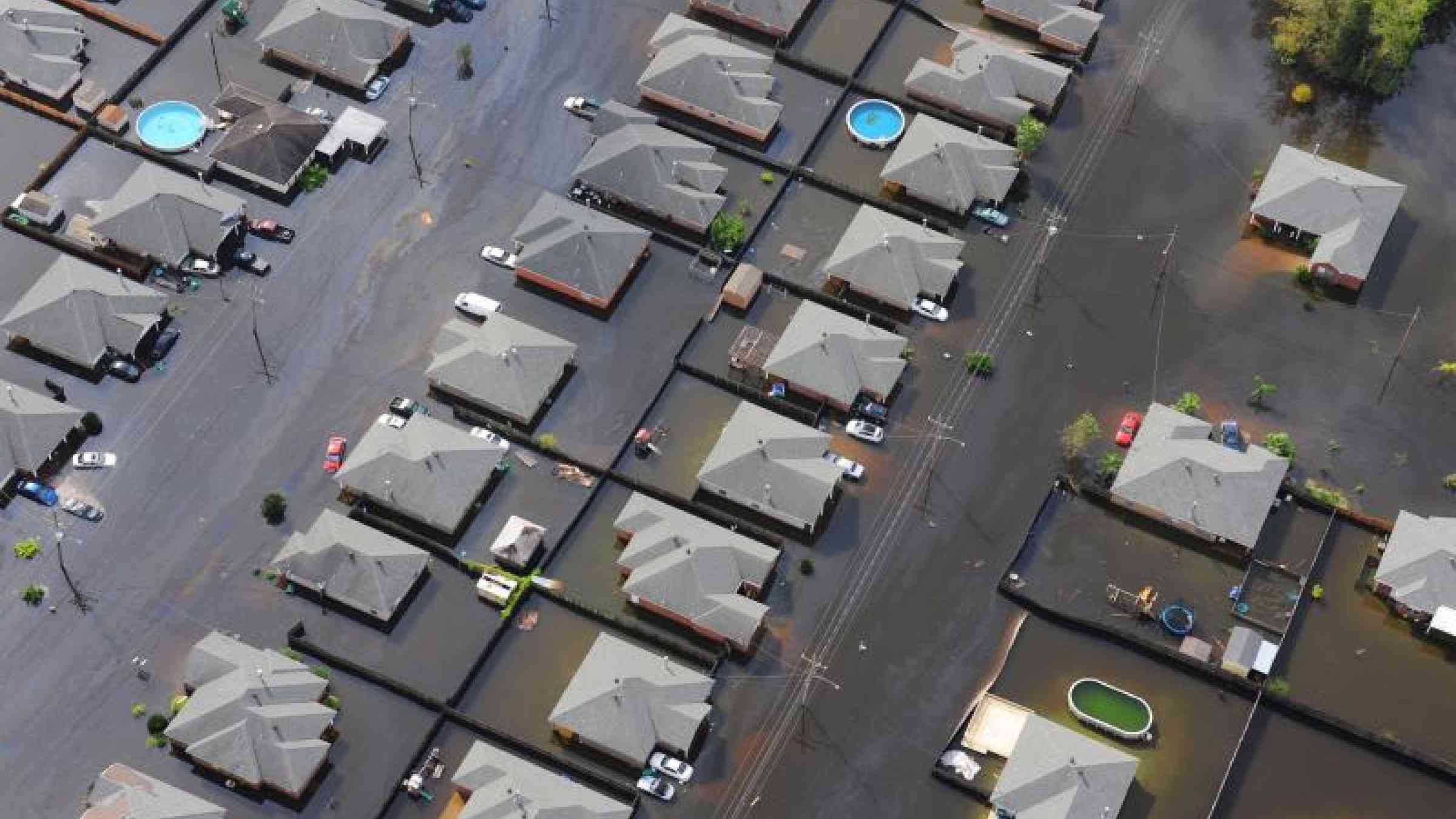Flooding hot spots: Why seas are rising faster on the U.S. East Coast

Scientists are unraveling the reasons why some parts of the world are experiencing sea level increases far beyond the global average. A prime example is the U.S. Eastern Seaboard, which has been experiencing “sunny day flooding” that had not been expected for decades.
By Jim Morrison
[...]
What Norfolk gets is that while sea level is rising globally at about a tenth of an inch per year, cities along the Eastern Seaboard of the United States — including Norfolk; Baltimore; Charleston, South Carolina; and Miami, among others — have suffered “sunny day” flooding from seas rising far faster than the global average. One study published last year shows that from 2011 to 2015, sea level rose up to 5 inches — an inch per year — in some locales from North Carolina to Florida. Given growing concerns over the flooding, scientists are now working to unravel the mystery of why some parts of the globe are experiencing so-called “sunny day” flooding that had not been expected for decades under conventional sea level rise projections.
Along the southeastern coast of the U.S., researchers have zeroed in on three factors that have made this shoreline a regional hot spot of sea level rise. They include a slowing Gulf Stream, shifts in a major North Atlantic weather pattern, and the effects of El Niño climate cycles.
[...]